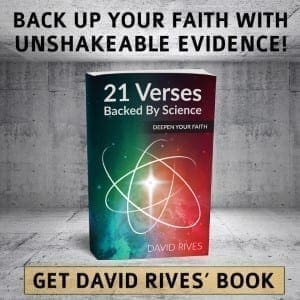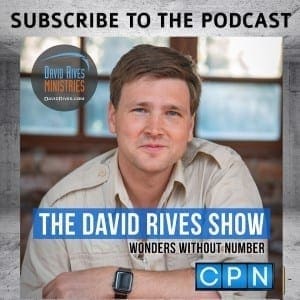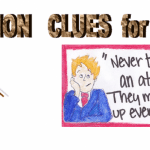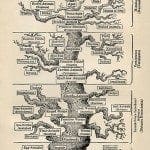This is the pre-publication version which was subsequently revised to appear in Creation 32(1):20–21.

Many people assume that the dates scientists quote of millions of years are as reliable as our knowledge of the structure of the atom or nuclear power. And radioactive dating is so shrouded with mystery that many don’t even try to understand how the method works; they just believe it must be right.
But the basic concept of radioactive dating, sometimes called radiometric dating, is not difficult, especially since all of us regularly calculate how much time has passed: for example, since our birth, or since we started on a walk. A swimming race is a familiar situation that illustrates the simple principles involved in measuring time. Once we understand what we actually need to do we can apply the same principles to radioactive dating, and see if the methods do what they are claimed to do.
Picture a swimmer competing in a 1,500 metre race and an observer with an accurate wristwatch. We note that at the instant the swimmer touches the end of the pool our wristwatch reads 7:41 and 53 seconds. How long has the competitor taken to swim the race?
When I have asked an audience this question they have looked at me incredulously and said, “Starting time?” They realize that you cannot know how long the swimmer took unless you knew the time on the wristwatch when the race started. Keep that in mind when you think about working out the age of something. Without knowing the starting time it is impossible to establish the time for the race. Note: Impossible.
Actually, knowing the starting time is still not enough. During the race you have to watch the swimmer and count how many laps he has swum so you know that he has done 1,500 metres. And you have to check to make sure he touches the end for each lap. Without these observations you cannot be sure that the time is valid. That is why you need three timekeepers to independently record the times during the race to meet the standard needed to enter the record books.
Would it make any difference if the watch we were using was more accurate? Absolutely not! You could talk about the tiny quartz crystal and the piezoelectric effect used to provide a stable time base for the electronic movement. You could describe the atomic workings of the quartz oscillator and how it resonates at a specific and highly stable frequency, and how this is used to accurately pace a timekeeping mechanism.
The fact is that you can only establish the time for the race if it was timed by two or more reliable eyewitnesses who observed the start, the progress and the finish of the race.
you cannot measure the age of a rock using radioactive dating because no-one was present to measure the radioactive elements when the rock formed and no-one monitored the way those elements changed over its entire geological history
This illustrates the problem with the radioactive dating of geological events. Those who promote the reliability of the method spend a lot of time impressing you with the technical details of radioactive decay, half-lives, mass-spectroscopes, etc. But they don’t discuss the basic flaw in the method: you cannot determine the age of a rock using radioactive dating because no-one was present to measure the radioactive elements when the rock formed and no-one monitored the way those elements changed over its entire geological history.
The educational page hosted by the US Geological Society provides one recent example of the way radioactive dating is explained to the public. They focus on the technicalities of radioactive decay, etc. but don’t even mention the fact that we can’t measure the concentrations of isotopes in the past.
So, the fatal problem with all radioactive dates is that they are all based on assumptions about the past. You can get any date you like depending on the assumptions you make. And that is what geologists do—they make up an assumed geological history for rock after the event, depending on the numbers that come from the geochronology lab that measures the isotopes in the rocks now. Dating secrets explains how this works in practice. Some real-life examples of how geologists change their assumptions after the event include the dating of Skull KNM-ER 1470 (see The pigs took it all) and of the Mungo skeletal remains, Australia (see The dating game).
Next time you see dates quoted of millions of years remember that the numbers are not scientific measurements of time elapsed. They are the result of big philosophical assumptions.






